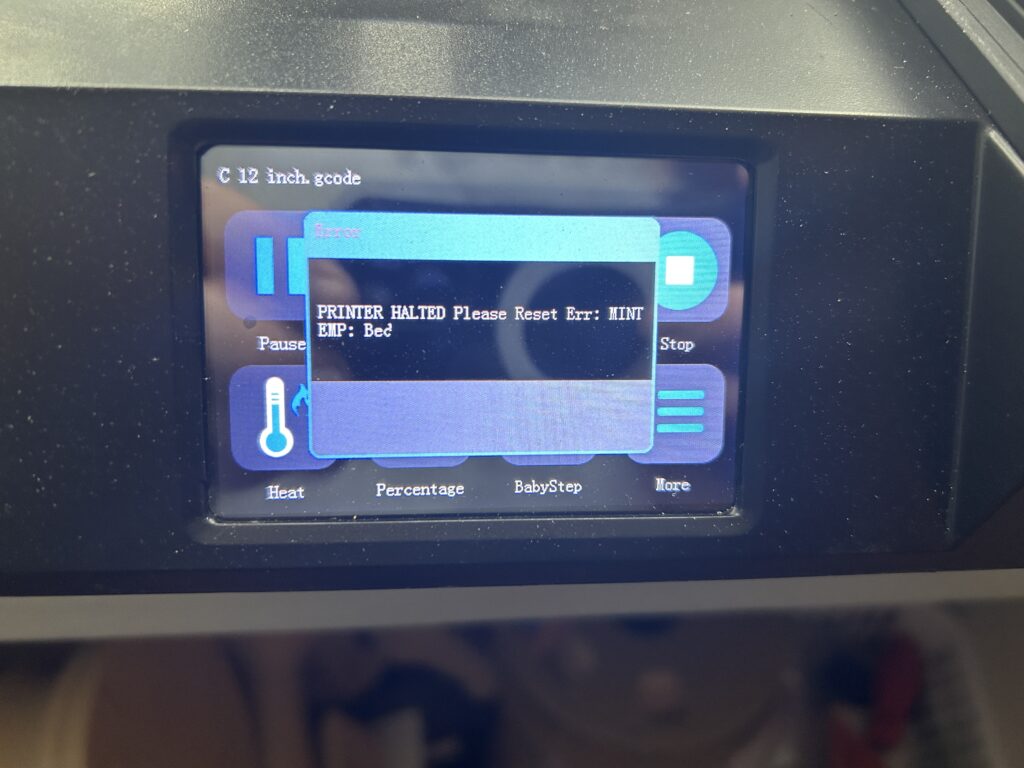Electric motors are the workhorses behind numerous electrical systems and devices, powering everything from household appliances to industrial machinery. These remarkable machines come in various types, each designed to serve specific purposes and deliver optimal performance. In this article, we’ll take a closer look at some of the most common types of electric motors and their applications.

1. AC (Alternating Current) Motors
AC motors are widely used in residential, commercial, and industrial applications. They operate on alternating current and are known for their efficiency, reliability, and versatility. The two main types of AC motors are:
- Induction Motors: These motors rely on electromagnetic induction to produce rotational motion. They are commonly used in fans, pumps, compressors, and HVAC systems.
- Synchronous Motors: Synchronous motors maintain a constant speed and are ideal for applications that require precise control, such as in industrial machinery and synchronous clocks.
2. DC (Direct Current) Motors
DC motors operate on direct current and are popular for their simplicity, controllability, and high starting torque. They find widespread use in battery-powered devices, electric vehicles, robotics, and more. The main types of DC motors include:
- Brushed DC Motors: These motors use brushes and a commutator to convert electrical energy into mechanical motion. They are commonly found in power tools, appliances, and automotive applications.
- Brushless DC Motors (BLDC): BLDC motors eliminate the need for brushes and commutators, resulting in improved efficiency, reduced maintenance, and quieter operation. They are often used in drones, electric vehicles, and computer cooling fans.
3. Stepper Motors
Stepper motors are unique in that they move in discrete steps or increments. They provide precise control and positioning, making them suitable for applications such as 3D printers, CNC machines, robotics, and automated equipment. Stepper motors come in various types, including:
- Permanent Magnet Stepper Motors: These motors have a permanent magnet rotor and are known for their low cost and ease of control. They are commonly used in small-scale automation and positioning systems.
- Hybrid Stepper Motors: Hybrid stepper motors combine the features of permanent magnet and variable reluctance stepper motors. They offer higher torque and improved performance, making them suitable for demanding applications.
4. Servo Motors
Servo motors are highly accurate and responsive motors used in applications that require precise control over position, velocity, and acceleration. They are widely employed in robotics, CNC machines, camera systems, and industrial automation. Servo motors typically consist of a DC motor coupled with a feedback control system to achieve precise motion control.
5. Linear Motors
Linear motors provide motion in a straight line rather than rotational motion. They offer high-speed operation, exceptional precision, and are used in various applications, including high-speed transportation systems, machine tools, and semiconductor manufacturing equipment.
Understanding the different types of electric motors allows you to choose the most suitable motor for your specific needs. Whether you’re powering household appliances, building a robot, or designing an industrial system, selecting the right electric motor ensures optimal performance and efficiency in your application.
As an Amazon Associate we earn from qualifying purchases through some links in our articles.




